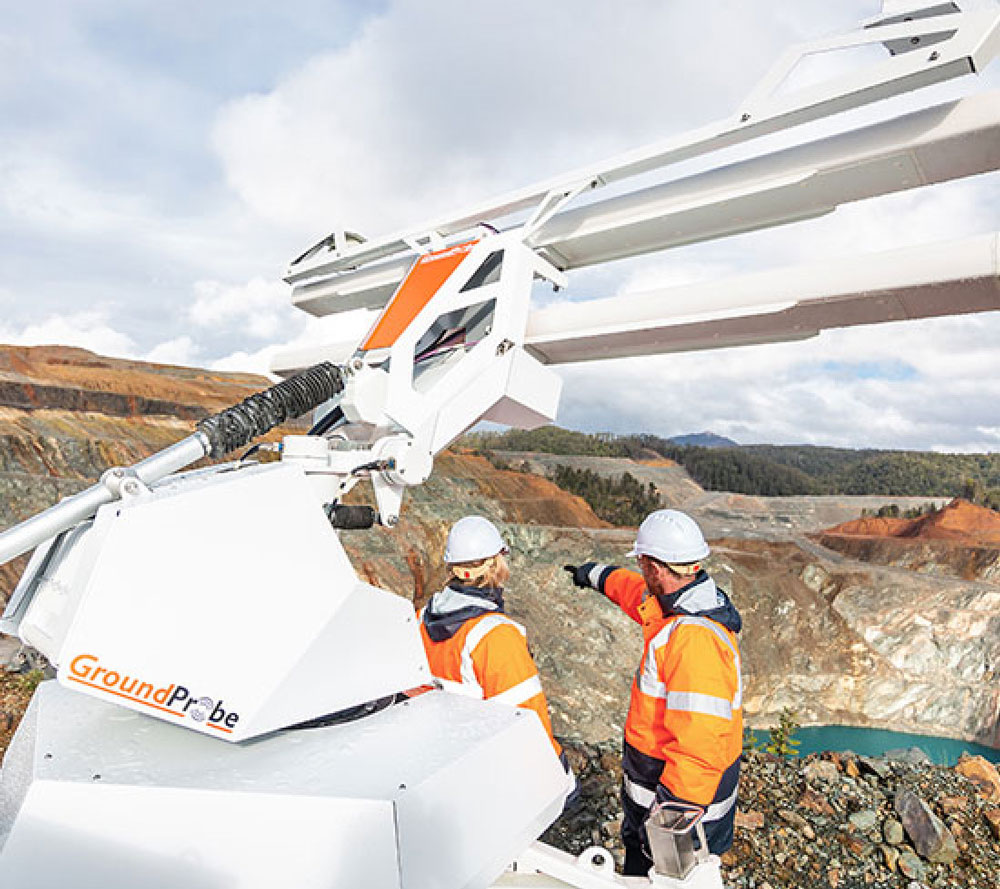Engineering and tech companies rank among the latest Australian Financial Review (AFR) BOSS Most Innovative Companies – and startups and small operations are holding their own.
In a change from previous years, the 2019 AFR Most Innovative Companies list is broken down into 10 categories by industry sector, including: technology; manufacturing; government education and not-for-profit; health; agriculture, mining and utilities; construction and transport; and professional services.
Judges assessed companies’ track records in innovation over the past year, and also surveyed employees to assess company culture and understand what drove their innovative attitude. In the professional services category, engineering companies Nova Systems, Aurecon and Accenture were all in the top 10 – coming in third, fourth and ninth, respectively.
Nova Systems was recognised for their digital twin computer models of engineering operations, Aurecon for software automation in building information management (BIM), and Accenture for a virtual reality system that helps employees understand their unconscious biases.
“By returning time to the infrastructure design process via software automation … we have freed up engineers to do what adds most value – creative design and pushing the boundaries of what is possible,” said Dr Kourosh Kayvani, Aurecon Managing Director – Design, Innovation & Eminence.
Construction giant Lendlease placed second in the property, construction and transport category for their work in creating precast headstocks for the Richmond River Bridge in Sydney, which is the first four-lane bridge to be constructed with a single precast headstock.
Lendlease was joined in the top 10 for construction by two smaller operations: Dempsey Wood, which has created a trailer-based Burn & Blow machine to speed up evaporation from the soil to prepare it for compaction; and Kingfield Galvanising, which has implemented an innovative environmental management system to optimise production and reduce emissions.
Is bigger better?
One of the interesting things about the new-look rankings is that startups and smaller companies are ranking alongside – or overtaking – their larger counterparts.
For instance, the government and not-for-profit list is topped by tech startup Penten, which has just 52 employees, including 40 engineers. The company has been recognised for their AltoCrypt Stik – a USB device used with laptops or tablets to allow defence and government users to connect to sensitive networks over WiFi. The leading manufacturing company, custom-printer Easy Signs, also has under 60 staff.

The highest ranking company in the agriculture, mining and utilities category is GroundProbe – which employs just over 180 people. GroundProbe took out the top spot in last year’s rankings for its Geotechnical Monitoring LiDAR, and was this year recognised for its SSR-Omni slope stability radar tech.
The gong for best overall innovation program across all categories went to technology company Custom Innovation Co (CIC) for its smartphone-based full-body scanning tool and 3D printing technology that can produce life-sized, recyclable mannequins for use in custom tailoring.
CIC, which has just 30 staff members, credited a company culture of learning from mistakes as key to its success. The company has even entrenched that motto in their official culture statement (although they use stronger language).
Co-founder and head of technology David McLaughlin said that this is a key difference between small companies like his and larger organisations.
“Where people make mistakes at larger organisations, they will often try to cover it up or pass on the blame,” he said.
Common ground
Besides learning from mistakes, a trait that sets innovative organisations apart is a user-centric mindset from start to finish, said Amantha Imber, list co-founder and CEO of Inventium.
“In the top-ranking companies, employees are 62 per cent more likely to bring customers into the innovation process to identify relevant problems to solve,” she said in a piece for the AFR.
Users bookend the process; this year’s most innovative companies were 72 per cent more likely than the bottom 10 to involve customers towards the end, during experimentation.
And once innovation hits, she said successful companies recognise and reward employees for their efforts. For example, GroundProbe rewards staff with more time to work on innovation, and many companies on the list offer benefits for innovative behaviour ranging from money to additional training.
